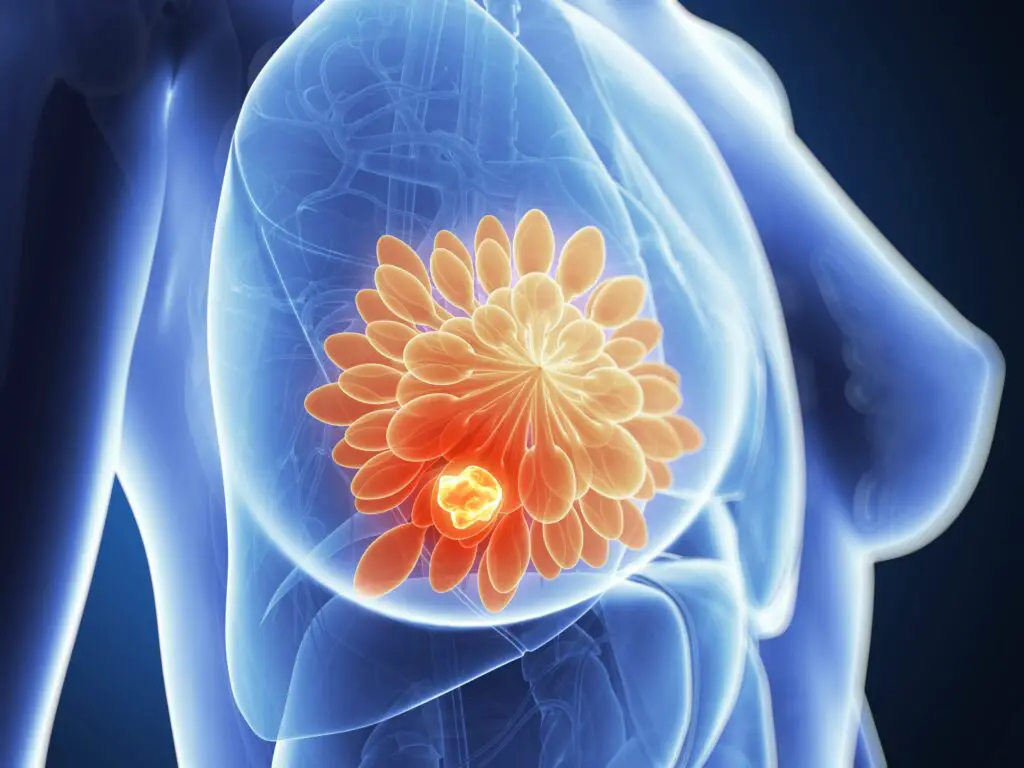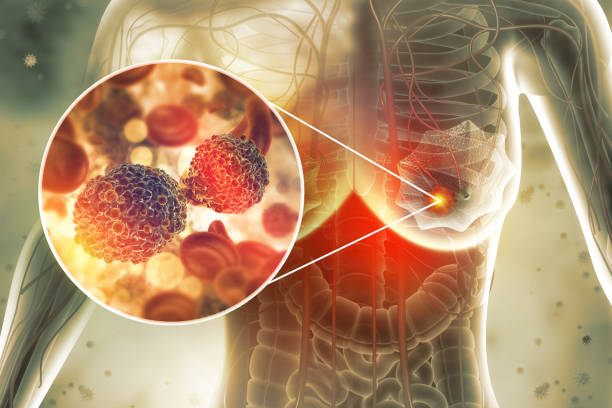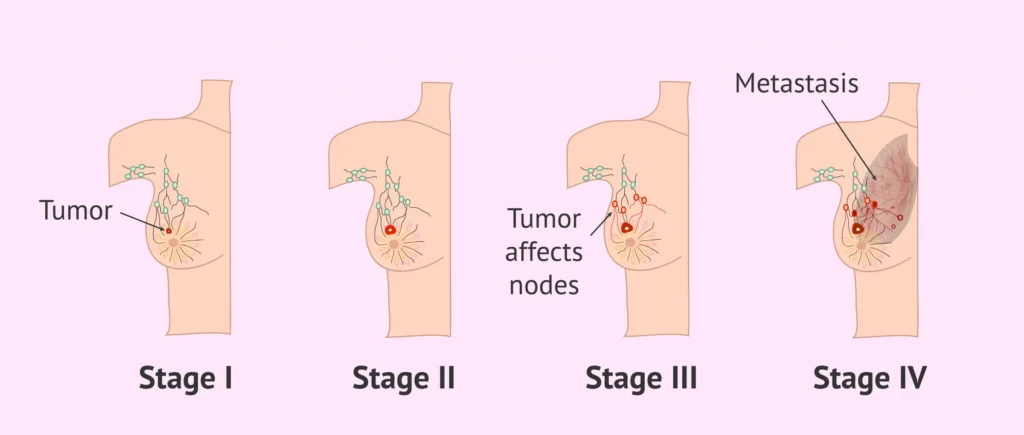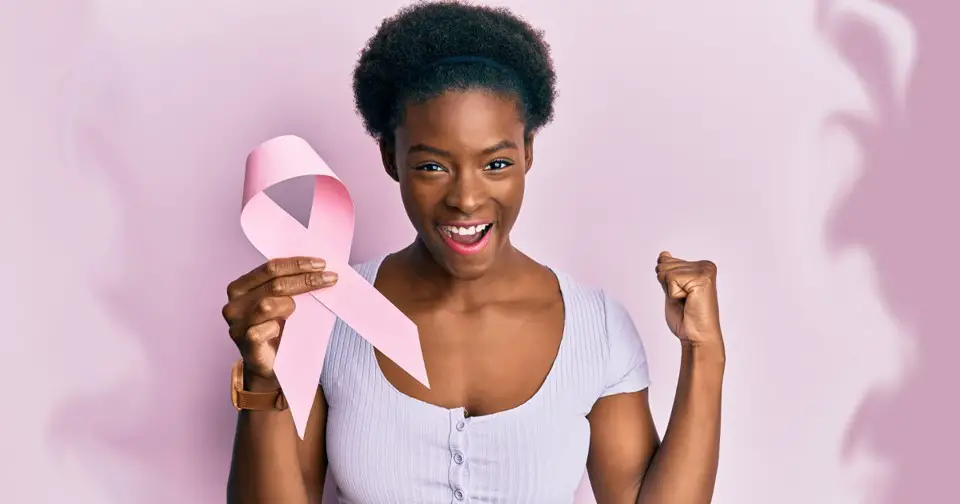Understanding Breast Cancer
Breast cancer happens when cells in the breast begin to grow abnormally. These cells can multiply quickly, forming a lump or mass. Early signs may include a noticeable lump, changes in skin color or texture, or other unusual changes in the breast.
Most breast cancers start in either the milk-producing glands (lobules) or the ducts that carry milk to the nipple. However, cancer can also develop in the fatty or connective tissue within the breast.
As the cancer grows, it may spread into nearby healthy tissue and reach the lymph nodes under the arms. Once it enters the lymphatic system, it can travel to other parts of the body.
While breast cancer is much more common in women, men can also develop it — though it’s rare, since men have a small amount of breast tissue too.
Common Signs and Symptoms
In the early stages, breast cancer may not cause any obvious symptoms. Sometimes, a tumor is too small to feel but may still show up on a mammogram.
When symptoms do appear, the most common one is a new lump in the breast. Keep in mind, though, that not all lumps are cancerous.
Here are some signs to watch for:
- A new lump or thickened area in the breast or underarm
- Breast pain that doesn’t go away
- Swelling in part or all of the breast
- Skin changes, such as redness, dimpling, or a pitted appearance (like an orange peel)
- Nipple discharge that isn’t breast milk, especially if it’s bloody
- Peeling, flaking, or scaling of the nipple or breast skin
- An inverted nipple or changes in its appearance
- A sudden change in breast size or shape
It’s important to remember that many of these symptoms can be caused by non-cancerous conditions, such as cysts or infections. Still, if you notice any unusual changes in your breasts, it’s a good idea to see a doctor for evaluation and possible testing.








